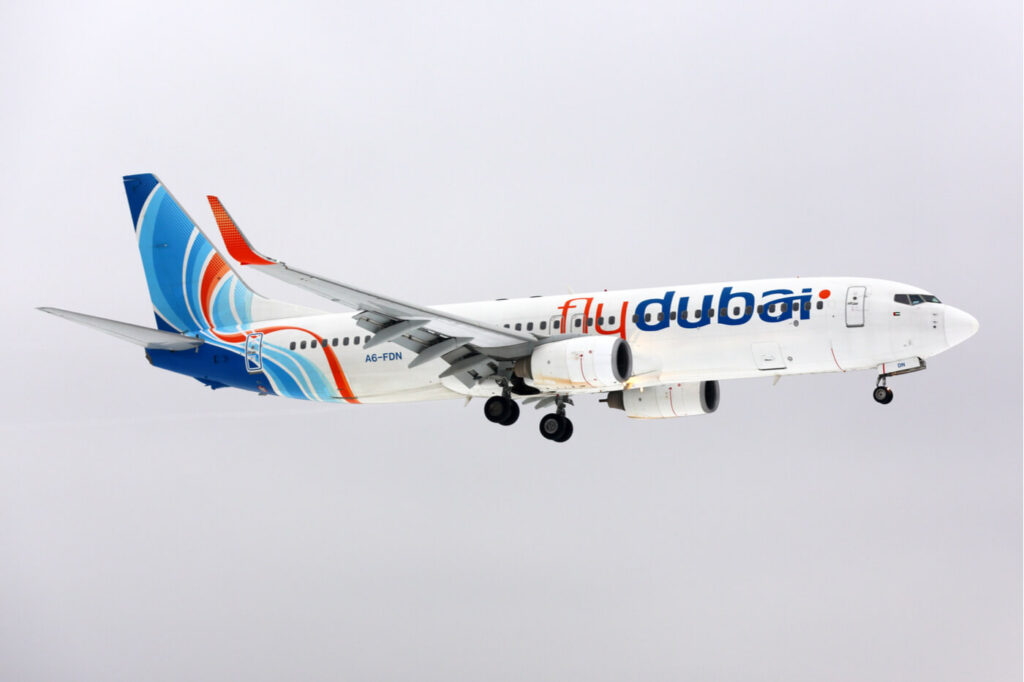Flydubai says its team is working to implement eight improvements to increase the airline’s safety. The recommendations were issued in late 2019, following a three years’ investigation of the Flydubai Flight FZ981 crash in 2016.
“A team are working on the implementation of the eight recommendations,” Flydubai said in a statement on March 4, 2020. The recommendations were outlined by the Interstate Aviation Committee (IAC) in the Flight FZ981 final report, issued in November 2019.
Flydubai Boeing 737-800 (registration number A6-FDN) took off from Dubai (the United Arab Emirates) en route to Rostov-on-Don (Russia) on March 19, 2016. Due to severe weather conditions, including turbulence and gusty winds, the pilots were performing a second go-around when they lost control of the aircraft. The plane crashed into the ground, killing everyone on board ‒ 55 passengers and seven crew members.
IAC found the main factors of the fatal accident were incorrect aircraft configuration and crew piloting. Among the contributing factors, several psychological factors that determine pilots’ decision-making in critical situations were highlighted in the report. For instance, the investigators found that the pilot in command lacked “psychological readiness” to perform a second go-around, as he was concerned with landing exactly at the destination.
In the final report of Flight FZ981 investigation, IAC outlined eight recommendations addressed to Flydubai:
- Conduct the flight personnel training on the specific aspects of the stabilizer trim manual operation (the forces trim).
- Consider the practicability of the HUD Model 4000 changing to Model 6000 (STC ST02522SE) to equip both pilots’ duty stations.
- In association with the aircraft and HGS manufacturers, consider the practicability of the development of the additional instructional guidelines on the HUD use at the different stages of flight.
- Consider the practicability of the elaboration of the flight personnel training programs, allowing for the incorporation of the practical familiarization (training) of the pilots with the upset conditions, including zero and negative G state.
- Consider the practicability to amend the airline OM with the criteria of the psychological incapacitation and the respective recommended actions.
- Consider the practicability of the elaboration of SOP in terms of specifying the type of the next maneuver (for example Go-Around, Windshear Escape Maneuver) as far as the callout by the PF is concerned.
- Consider the practicability to elaborate SOP in terms of monitoring of the trim duration and the current stabilizer position.
